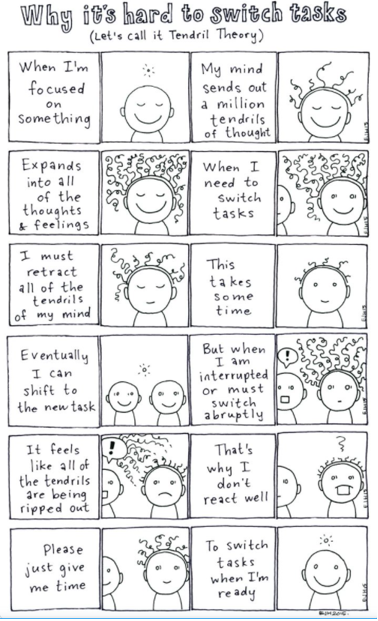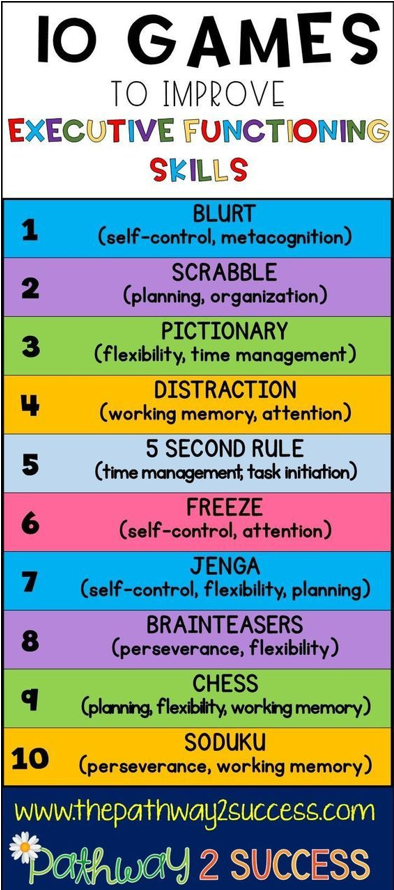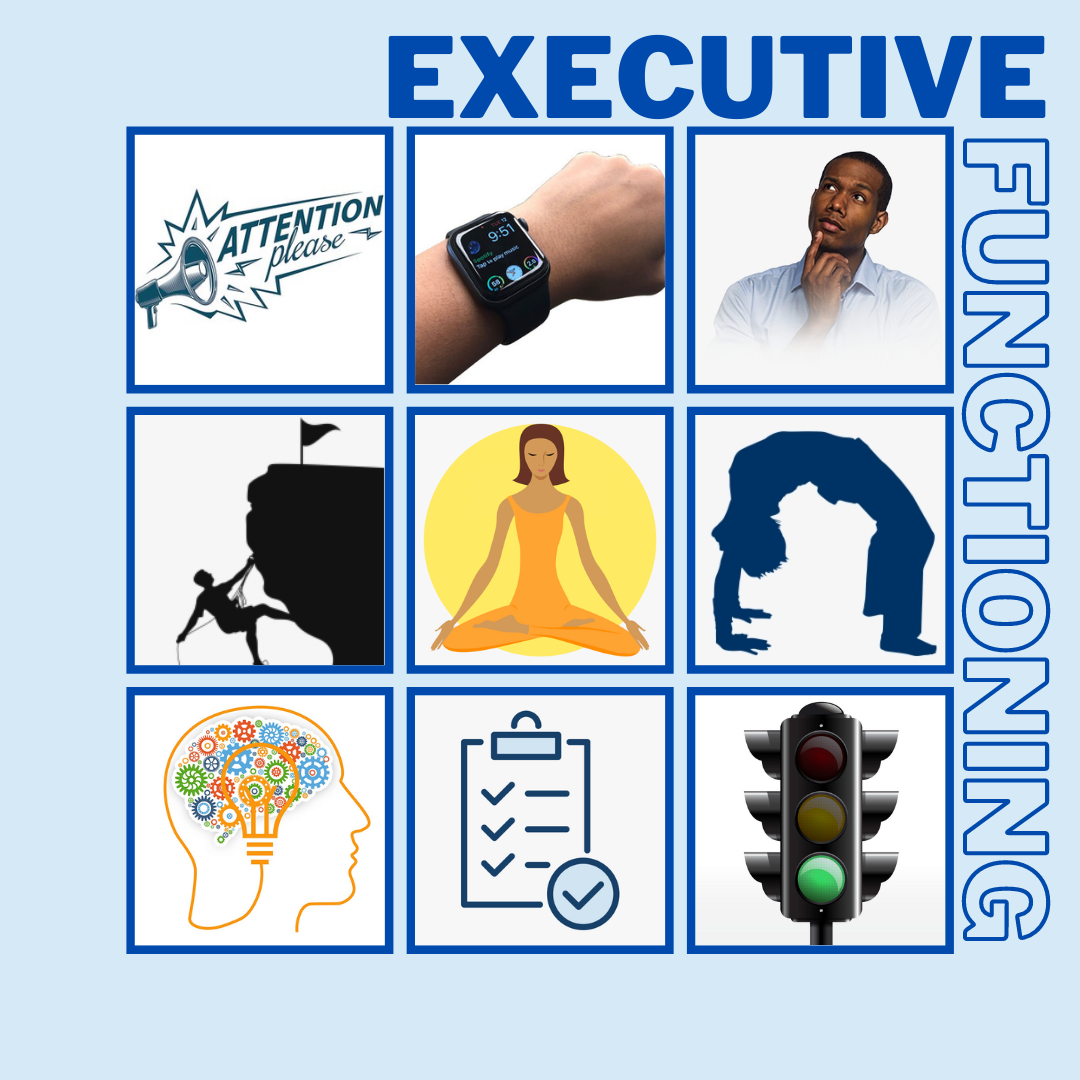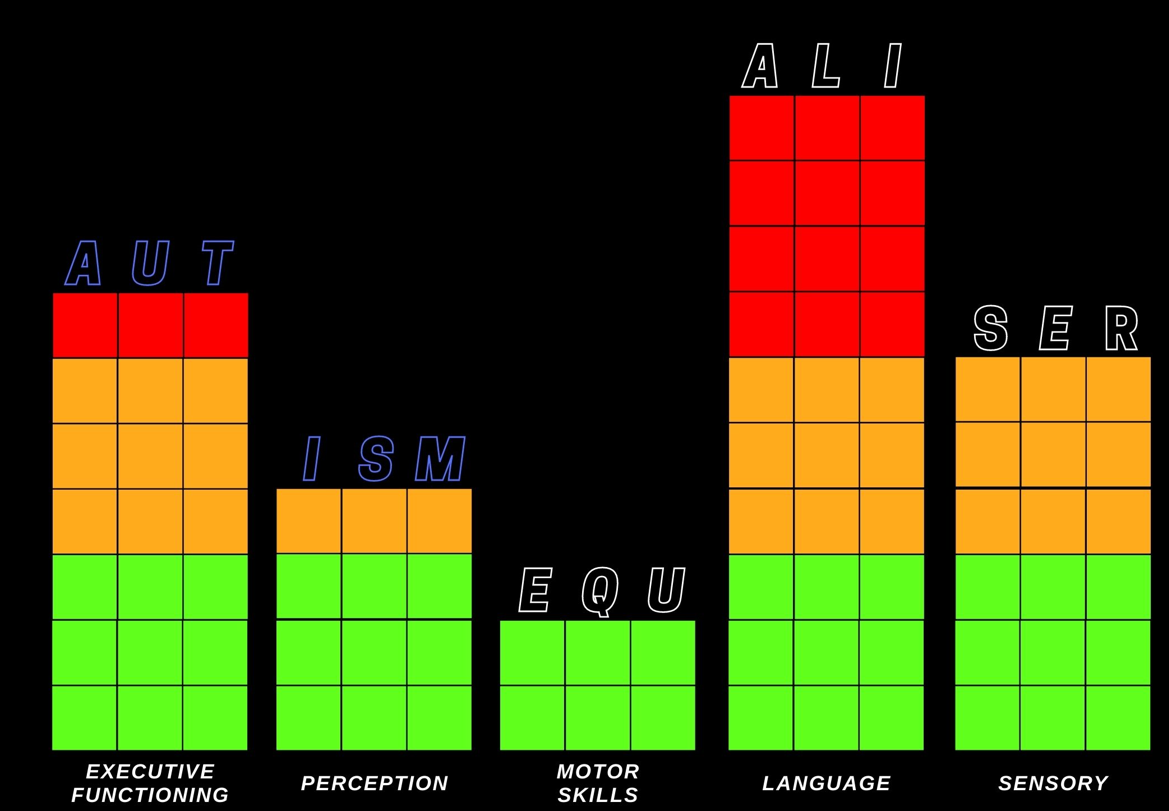What do we mean by Flexibility, Information Processing & Understanding?
In order to understand how an autistic person experiences the world it is important to understand how they process information. Three concepts that help explain this are Executive Function, Weak Central Coherence and Double Empathy.
There are 3 main processes working together simultaneously that help us regulate, control and manage our thoughts and actions.
Flexible Attention / Working Memory / Inhibitory Control
And working within these 3 processes are our Executive Processing skills.
Skills like:
Planning
Organisation
Prioritising
Changing tasks
Making decisions/choices
Controlling emotions
Memory recall
Time Management
We are constantly using these learnt skills to help us plan & prioritise the information we need within any context / activity on a daily basis. They help us to remember, focus, understand sequencing, manage our emotions, be flexible to changes, problem solve, manage our time effectively and help us respond to multiple messages in our environment.
Some autistic people struggle with complex thinking which requires the ability to make quick connections between different trains of thought. Others may have difficulty maintaining attention on a required task or organising their thoughts and actions. This can cause further difficulties if you have difficulties with 'generalising' or getting the 'gist' of things when you need to draw on knowledge gained from prior experiences in order to plan a response to a situation.
For autistic individuals, these day-to-day pressures can become very distressing.
Think of the brain as an "air traffic control room" constantly sorting and controlling all the aeroplanes landing and taking off. There are multiple messages being sent and if it is finding it difficult to understand and sort all of the them and becomes confused then a collision may occur. It relies on knowing which messages to prioritise, how to organise them in an order and then choose which response/information is needed at any given time.
Because of these processing differences an autistic individual's ability to self-regulate will diminish.
When there's too much information the brain 'over-flows' our ability to 'think straight' lessons, our emotions spill out in response =
fight, flight, freeze meltdown/shutdown occurs.
The 'uneven' profile of autism means that this will be different, at different times, in different contexts so a skill learnt in one area won't necessarily transfer to another...
If our brain 'overflows' with too much information it won't always store everything we may need. It might only store what we're really interested in and filter out the rest.
I'm more likely to focus on my interests and what I'm really good at.
If an autistic person finds certain environments distressing because of the smell, finds it more challenging to listen because the room is too visually 'busy' could be a literal interpreter, or finds following only (multiple) verbal instructions difficult then they may miss information, not know which instruction to follow in what order, switch tasks, unable to manage their emotions and find social interactions distressing.
Take a few minutes to think about what you need to do every day and what you use to help you manage. How easily do you switch tasks when interrupted / stopped? Re-organise and prioritise your to-do list? How easy is it to stop what you're enjoying doing and do something less interesting?
The challenge of ‘switching tasks’ (by Erin)

How Can You Help?
* Know and understand your individuals' profile of differences
* Know their interests, sensory profile, processing abilities and skill sets - have you baselined their development using the AET Progression Framework?
* Use visuals - task lists, tick list, Now Next, Then boards, colour coding, photographs, pictures of their interests, videos, timers, prompt cards, alternative formats for recording - if a visual isn't working well, what needs to change?
* Role modelling, role play with peers, repetitive practice
* Ensure there's at least 1 clear space within the classroom - less visually stimulating = more calming, increased focus
* Have a consistent routine = increased predictability may lesson distresses
* Pre-warn of any changes - remember the who, what, where, when and why = increased predictability, less distresses = reduced anxieties



